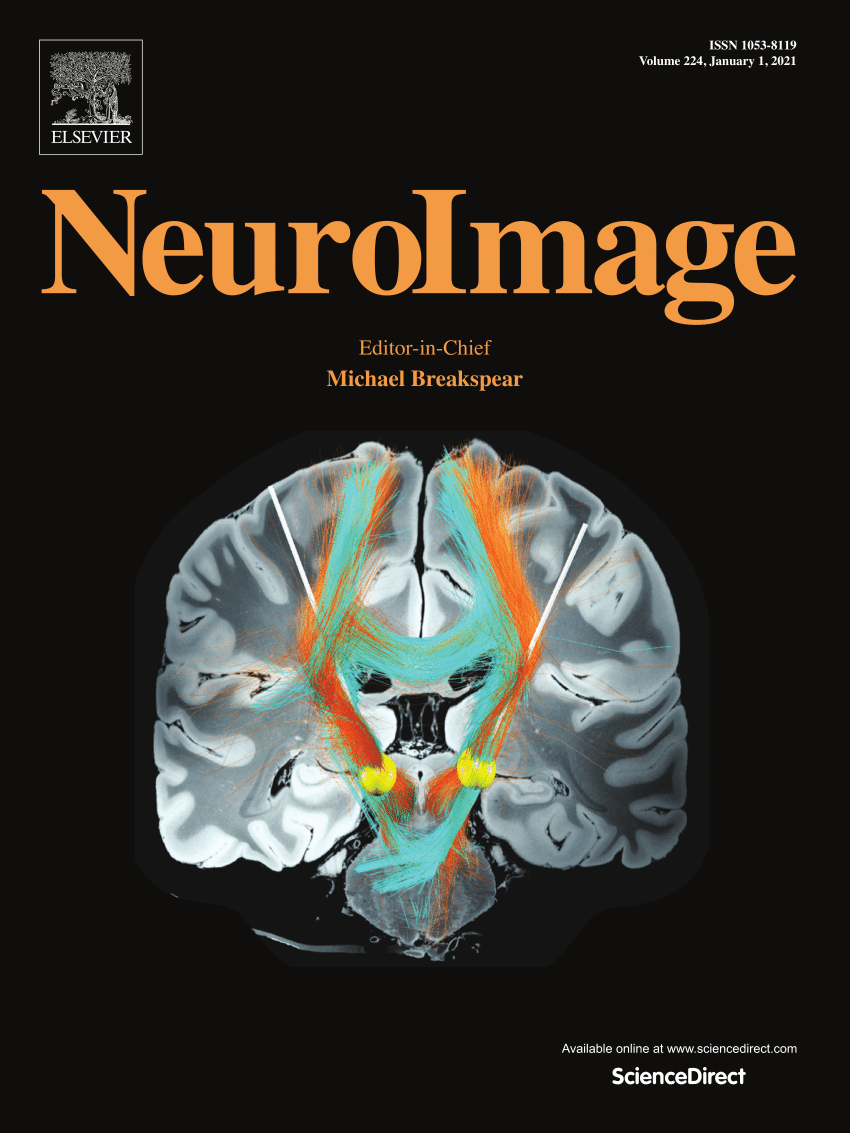自然韵律性言语激活额叶神经网络重组,提高了脑肿瘤患者的沟通效率
IF 4.7
2区 医学
Q1 NEUROIMAGING
引用次数: 0
摘要
与急性脑血管疾病相比,脑肿瘤的生长缓慢,为研究大脑可塑性提供了独特的视角。尽管依赖于复杂的功能网络,脑肿瘤患者在高级语言功能方面表现出最小的缺陷,并表现出积极的损伤后可塑性;然而,潜在的神经机制尚不清楚。我们利用高密度脑电图研究无明显语言缺陷的脑肿瘤患者的语言网络可塑性。以自然韵律句和非韵律句为研究对象,考察任务整合性对功能网络重组的影响。研究表明,节奏性言语知觉具有较高的加工整合性,诱发了额叶的任务参与抑制,但增强了中枢性和模块化,支持了新连接的产生,促进了全球连接的效率。此外,额叶的局部侵犯促使相邻中枢在早期加工阶段产生丰富的连接,促进后期的功能重组。我们的研究结果强调了全球中心在语言网络可塑性中的重要作用,并揭示了语言康复中高度整合的网络重组任务的重要性。本文章由计算机程序翻译,如有差异,请以英文原文为准。
Natural rhythmic speech activates network reorganization with frontal community enhancing communication efficiency in patients with intrinsic brain tumor
Brain tumors provide unique insights into brain plasticity due to their slow growth compared to acute cerebrovascular diseases. Despite relying on sophisticated functional networks, patients with brain tumors exhibit minimal deficits in higher language functions and demonstrate positive post-injury plasticity; however, the underlying neural mechanisms remain unclear. We utilized high-density electroencephalography to investigate language network plasticity in brain tumor patients without evident language deficits. Natural rhythmic sentences and non-rhythmic sentences with contrasting speech prosodic harmony were employed to examine the impact of task integrativeness on functional network reorganization. Our study reveals that rhythmic speech perception, characterized by higher processing integrativeness, induced inhibited task engagement in the frontal lobe but evoked enhanced hubness and modularity, which supported the generation of new connections and promoted the efficiency of global connectivity. Furthermore, local invasion in the frontal lobe prompted adjacent hubs to generate enriched connections during the early processing phase, facilitating later functional reorganization. Our findings underscore the significant role of global hubs in language network plasticity and reveal the importance of highly integrated tasks for network reorganization in language rehabilitation.
求助全文
通过发布文献求助,成功后即可免费获取论文全文。
去求助
来源期刊

NeuroImage
医学-核医学
CiteScore
11.30
自引率
10.50%
发文量
809
审稿时长
63 days
期刊介绍:
NeuroImage, a Journal of Brain Function provides a vehicle for communicating important advances in acquiring, analyzing, and modelling neuroimaging data and in applying these techniques to the study of structure-function and brain-behavior relationships. Though the emphasis is on the macroscopic level of human brain organization, meso-and microscopic neuroimaging across all species will be considered if informative for understanding the aforementioned relationships.
 求助内容:
求助内容: 应助结果提醒方式:
应助结果提醒方式:


